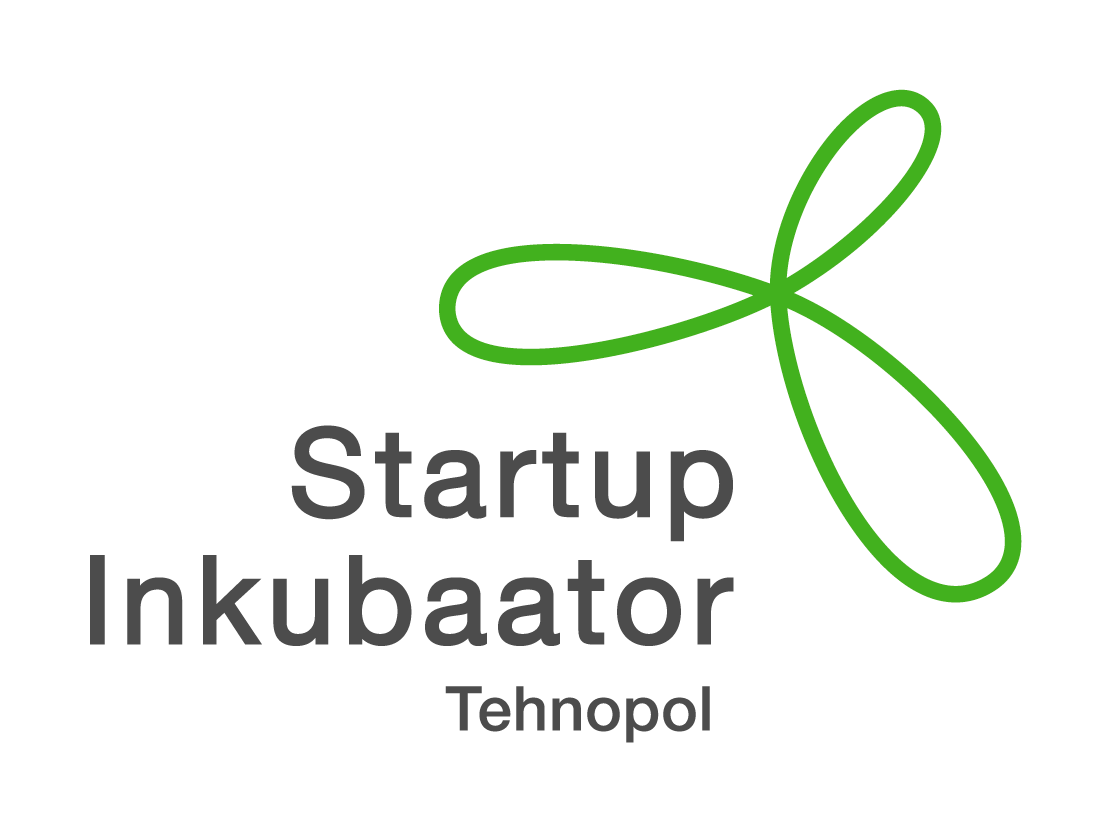Adapt immediately, accept ‘good enough’: Jaanus Tamm on battlefield realities
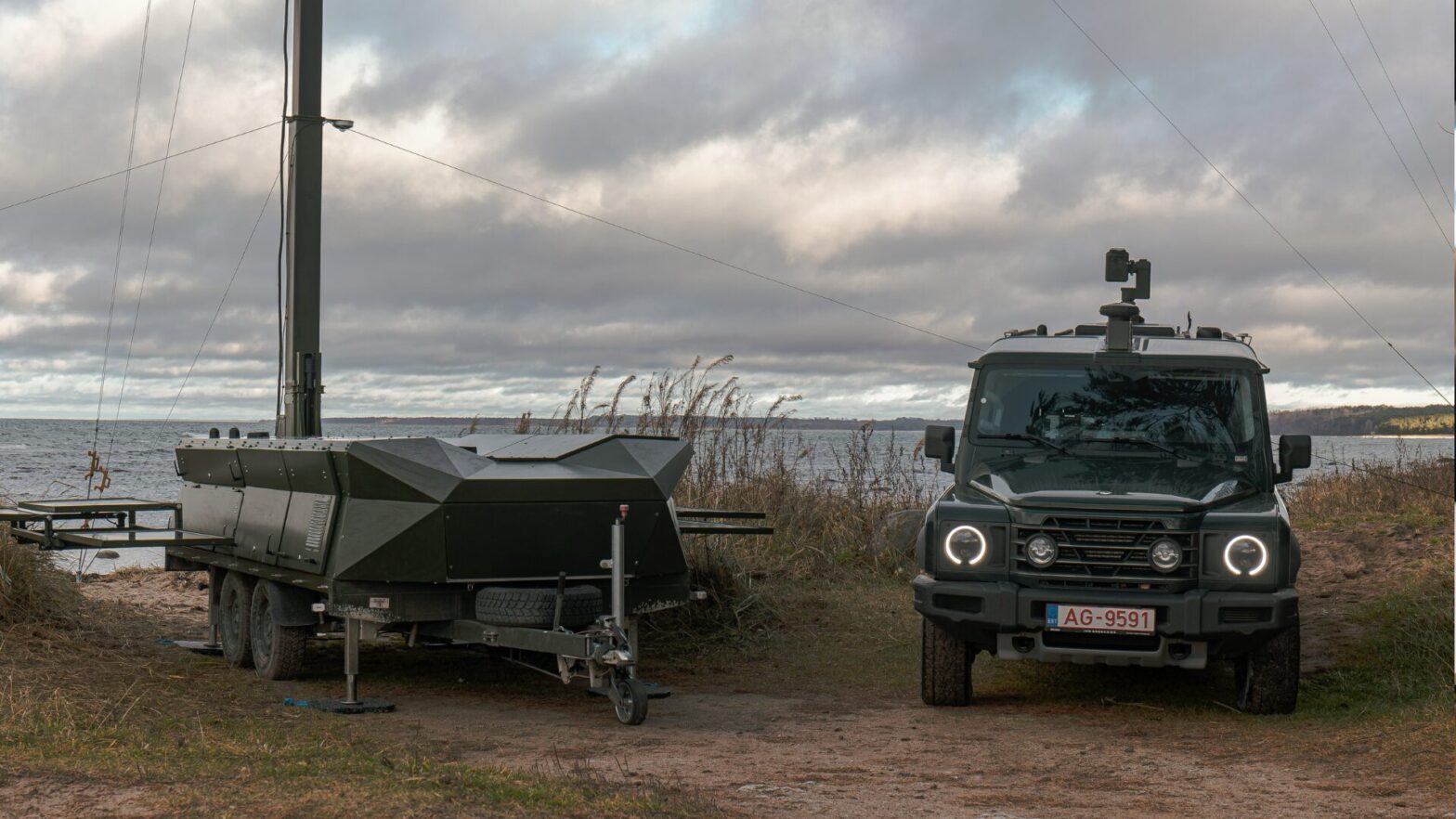
On 22 September, Tallinn becomes a meeting point for defence, technology and investment leaders from across NATO and beyond. Ahead of the gathering, Jaanus Tamm, President and CEO of DefSecIntel Solutions, shares his views on what drives innovation in contested environments, and what Estonia and Europe must do to keep pace.
Defsecintel Solutions is an Estonian company developing and manufacturing hardware and software- mobile autonomous surveillance systems, Counter-UAS and unmanned surface vehicle (USV) with AI-powered C2 (command and control) systems that use artificial intelligence to help security forces share information and make decisions faster.
Innovation in defence, Tamm stresses, is never optional. “You innovate not because there’s nothing else to do, but because you need to stay ahead of the enemy and save lives.” At DefSecIntel, the aim is not to replace people with autonomous systems but to give soldiers, border guards and other end users greater efficiency. Speed and accuracy are achieved by AI that supports human decision-making and sharpens situational awareness. Systems highlight the most relevant data points in critical moments, keeping the focus on mission outcomes.
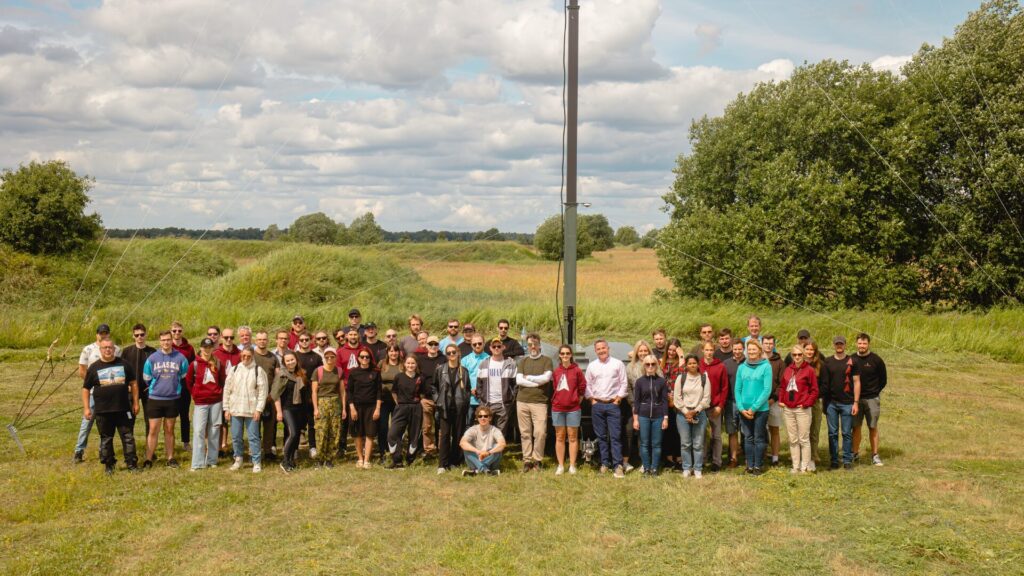
“When adversaries introduce new tactics, we adapt immediately”
Real-world use in Ukraine and Baltic exercises has shaped DefSecIntel’s roadmap. Over 12% of turnover is reinvested into research and development, including rapid product adaptation in response to battlefield feedback. “When adversaries introduce new tactics or technologies, we adapt immediately; our agile development cycle ensures rapid iteration.”
One result is EIRSHIELD, a counter-unmanned aerial system (UAS) designed to disable hostile drones. It was created to tackle Shahed drones, low-cost explosive drones used by Russia in Ukraine. In just a few years, DefSecIntel has developed three new turnkey solutions, complete systems ready for immediate operational use, each responding directly to end-user requirements.
Tamm acknowledges that failure is inevitable in contested environments, but stresses that this is part of the process. “We see failure as an opportunity to work together with the customer, rapidly problem-solve, and adjust in hours or days.” He adds that sometimes smaller, simpler systems are enough to meet urgent needs: “In some cases, we need also to accept that ‘good enough’ is the best solution.”
For new founders, he emphasises clarity: everything starts with a capability gap, a concrete shortfall in defence capacity that leaves end users exposed. Jaanus Tamm has founded and mentored several companies, and established DefSecIntel in 2018 to address the need for long-range surveillance platforms to secure EU borders. “Aligning value propositions with critical gaps, and proving real effect and efficiency, is key to attracting capital.”
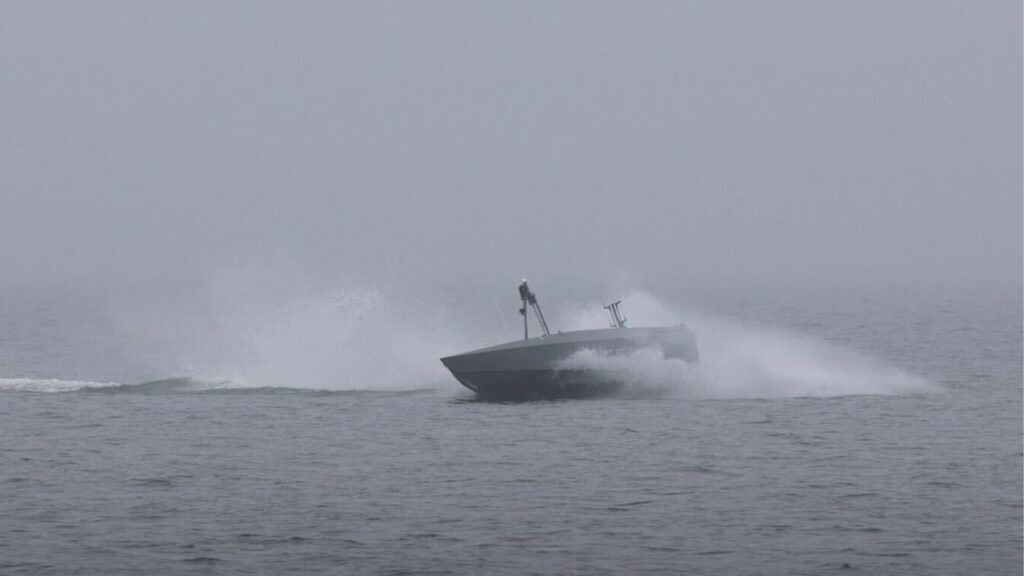
“Our strongest competitive edge will be our speed of innovation and integration”
At European level, DefSecIntel has participated in European Defence Fund projects, EU programmes that co-finance defence research and capability development. These range from traditional land, naval and air areas to disruptive technologies such as AI and unmanned systems. Tamm highlights the importance of strong consortium partners, as well as ensuring that funding and procurement reach SMEs and scale-ups, not just large contractors.
Regionally, he points to the Baltic Drone Wall, an initiative to build a modular and interoperable shield against hostile drones across NATO’s eastern flank. He argues that progress will come through shared needs, joint testing and incremental co-procurement, rather than endless standards-setting. Protecting NATO’s eastern border is urgent, with recent drone activity in Poland and Lithuania underlining the scale of the threat.
Tamm is clear on what governments can do to help. “The single most impactful change would be streamlined procurement processes that allow governments to purchase and test innovative solutions quickly.”
Looking further ahead, he argues that Estonia must pursue both paths: scaling proven solutions such as counter-UAS and autonomous surveillance systems, while investing in next-generation capabilities including AI autonomy, drone swarms and quantum sensing.* By 2030, he believes Estonia’s advantage will be clear: “Our strongest competitive edge will be our speed of innovation and integration.”
Join us in Tallinn on 22 September for Defence Innovation Day to hear DefSecIntel President and CEO Jaanus Tamm and other leading voices in defence innovation.
Defence Innovation Day is brought to you by Tehnopol Startup Incubator and the Ministry of Economic Affairs and Communications through the NATO DIANA Estonian Accelerator. One session is co-curated with Sparkup Tartu Science Park.
* Quantum sensing: technology that uses quantum physics to detect objects or signals with extreme precision, even where traditional sensors fail.
